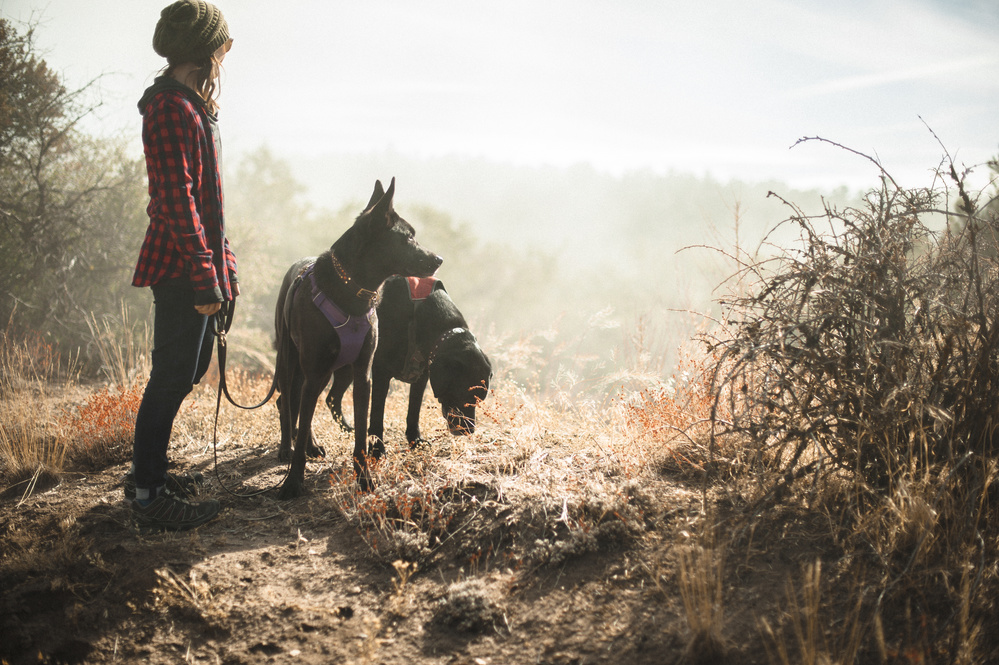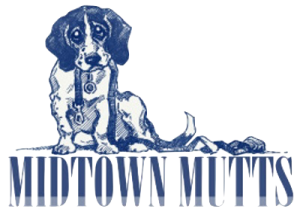
Ah, the elusive loose leash. Some dogs seem born with the skill, while other seem to take a lifetime to acquire it. For so many people, having a dog who is difficult on leash is the thing that keeps them doing the things they want to with their dog and taking them to all the places they wish they could go. Here are some tips on training this skill with your dog.
Start in the least distracting environment.
Think of it from your dogs perspective, they spend most of their time at home with the familiar smells, sounds and people. When its time for their walk, they are in STIMULI OVERLOAD. So exciting! ‘Lets get to that new smell faster, slow hoo’man!’ We haven’t even taught them the skill set of loose leash walking yet, and then we take them into the most distracting environments for them in hope they will success. Just because I’ve introduced numbers to you, doesn’t mean you can tackle a triginomatry question. Start teaching polite walking in the living room or the backyard first. Treat the dog every couple of steps for having the leash in the “J” position. Increase how many steps you can walk while keep the leash in the loose position between treats. Then start to move this into a slightly more distracting enviorment. Once were good there, continue to increase our distractions a little bit at a time.
Use higher value treats
When we do have to bring our dogs into environments that are above their current skill set, its important for us to make adjustments on our end, instead of expecting the dog to perform at a skill set they aren’t ready for yet. If our dog hasn’t passed certain distraction goals, we need to help them keep our attention with something that is a bit more motivating. Maybe its extra tasty treats, or maybe we go back to treating more regularly or a combination of both depending on how difficult the environment is for them. Make note when we have a less than successful walk. What kind of distractions where there fighting for our dogs attention? We need to then focus our training with that distraction, in a more controlled way to improve their success rate.
Harder jobs pay better. Or at least they should.
Use a front clip harness.
Front clip harnesses can be great tools to help us manage our dogs pulling. When the leash is clipped in the front, it turns the dog into us, should they start to pull. This management tool can help us reach our training goals faster. It can also be a great safety precaution for should our dog be put in a situation it wasn’t quite ready for. We love the Balance Harness by Blue-9 and the Freedom harness. We started carrying the Balance Harness last year, we loved it that much.
“Squirrel!” Anyone?
Play impulse control games
Loose leash walking is an impulse control skill. Some dogs need more practice than others to master this skill. Working on impulse control in certain contexts often overflows into other parts of our dog’s lives. Just like if I practice meditation in the mornings, I might find I am more patient and mindful throughout my day.
Another great game to play is the “look at that game” when working with various distractions. Every time the dog looks at the distraction, say “yes” and treat. If the dog can’t take their eyes off the distraction (like a cat), we are too close to that thing and we need to take several steps (sometimes a lot of steps) back and try again. The end goal of this game is for things that might fight for our dogs attention become the cue for the dog to orient their attention back to us.
“Hey! Did you SEE that cat!? Wheres my treat?” ……Much better than…….. “Cat, cat, cat, CATTT!!!!!”
I hope these tips give you some insight on how to improve you walks. If you still struggle, it may be time to find a good positive reinforcement based, force free dog trainer to help out.





